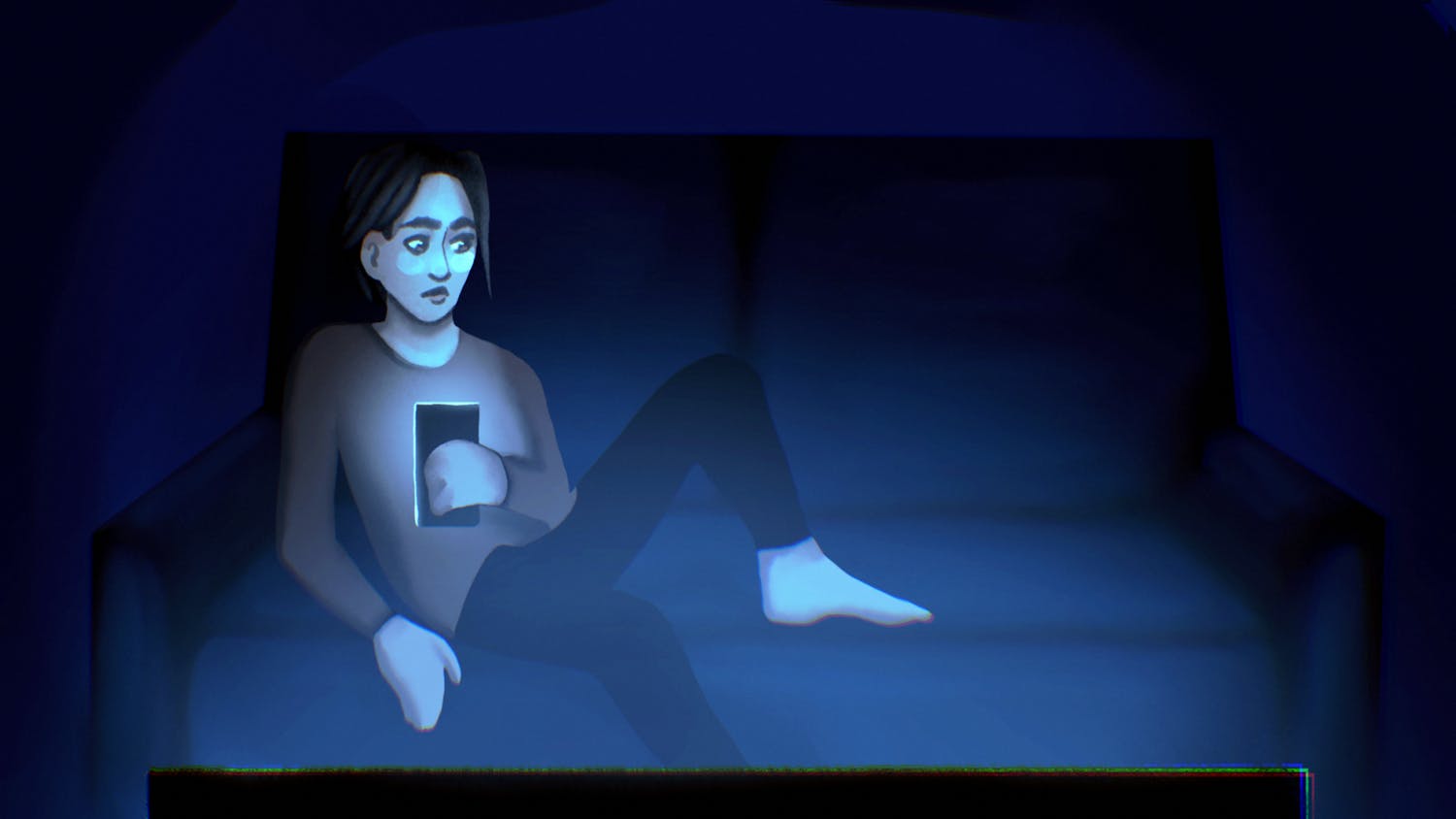Probably because I watched the film at 1:30 in the morning, or maybe due to its own fault, but "The Painted Veil" can be a slow movie.\nSet in 1925, "Veil" follows Kitty Fain (Naomi Watts), a British woman who marries dull Walter (Edward Norton) on a whim, in hopes their romance will develop as the marriage proceeds. Walter, a doctor, drags Kitty off to China where she is left emotionally numb while he buries himself in his work. When she begins having an affair with a diplomat (Live Schreiber) Walter gives her the choice of coming with him to a remote, cholera-ridden village, or facing the humiliation of a public divorce. She follows him to the village, where he works to stop the disease, only to become more depressed.\nNow don't dismiss this review by saying I probably don't appreciate period piece films like this where societal values are of utmost importance and everyone talks very quietly while wearing elegant costumes and ignoring the poor people all around them. I love those movies. I'd love to be a part of that classic upper-class society. "The Age of Innocence," "Howard's End," "Remains of the Day" adore 'em all (oooh especially "Remains of the Day"… go rent that.)\nAs a bored housewife Watts sits around all day, being bored, and unfortunately you'll probably share her feelings rather than just recognizing her discontent. Nothing really happens for the first 45 minutes. Norton fits the role of occupied husband well, but the British accent is a bit of stretch for him, as his Boston voice occasionally surfaces.\nOn the positive side, "Veil" is beautifully filmed (though it owes a lot to the wonderful mountain-set Chinese countryside) and the Golden Globe winning piano score fits the film well. \nEventually Watts' and Norton's characters find the courage to actually discuss their problems, and form a relationship somewhat resembling a functional marriage. At the same time the cholera epidemic grows even worse, forcing the townspeople to rebel against the presence of Westerners. This is where the story becomes much more compelling, although it ends all too abruptly. \nWith a rich history (the story was originally a novel by W. Somerset Maugham and a 1934 film starring Greta Garbo,) fascinating location, and a grueling subject matter (the disease scenes are pretty disturbing) there should be plenty of opportunities for a special features, but alas, no, just the theatrical trailer.
The Painted Veil: Movie: B | Extras: D- (PG-13)
A painted period piece

Get stories like this in your inbox
Subscribe





